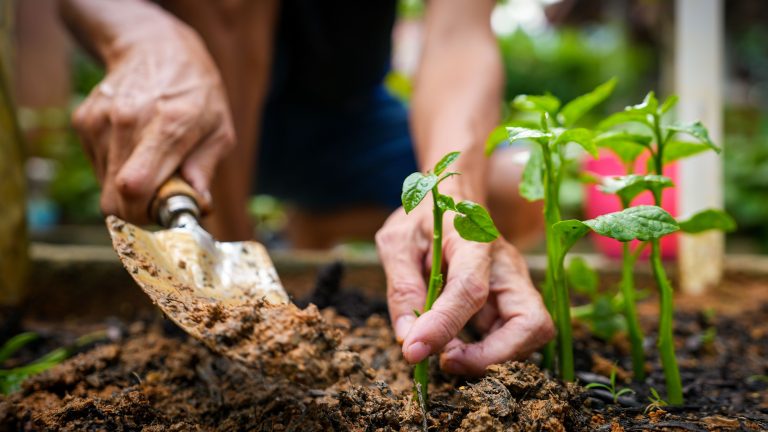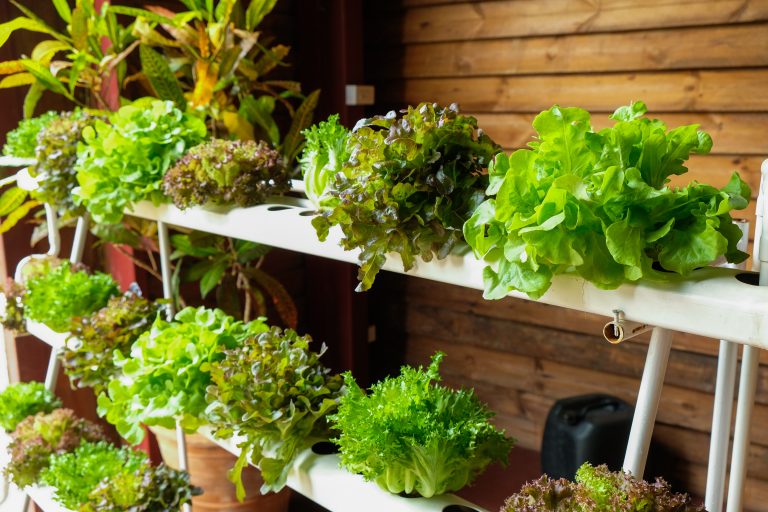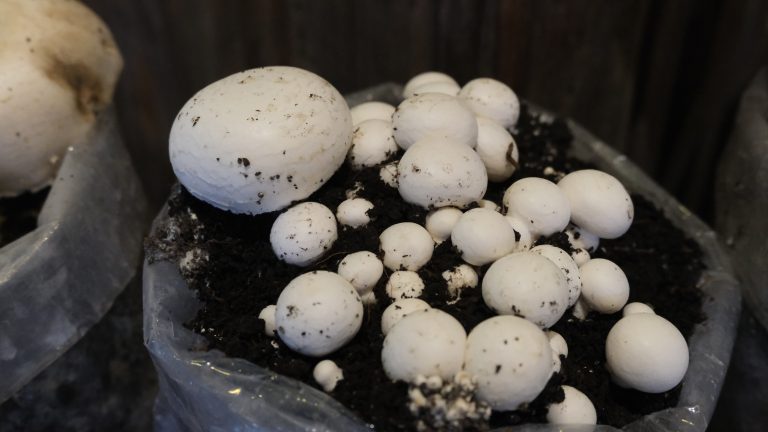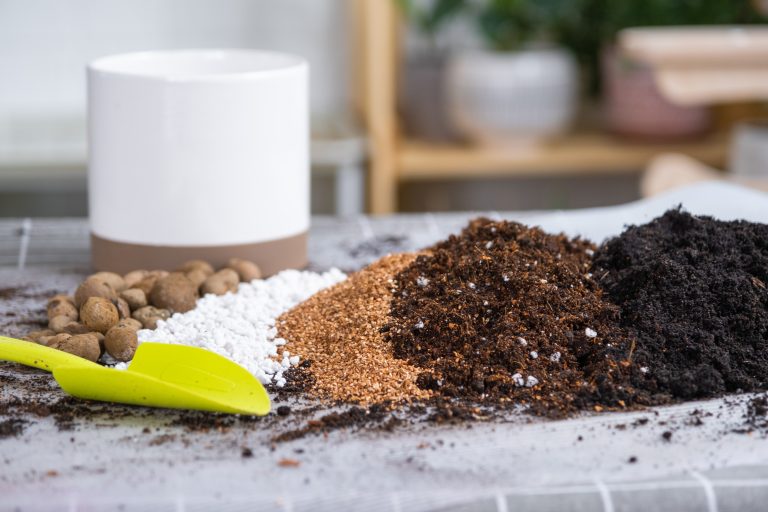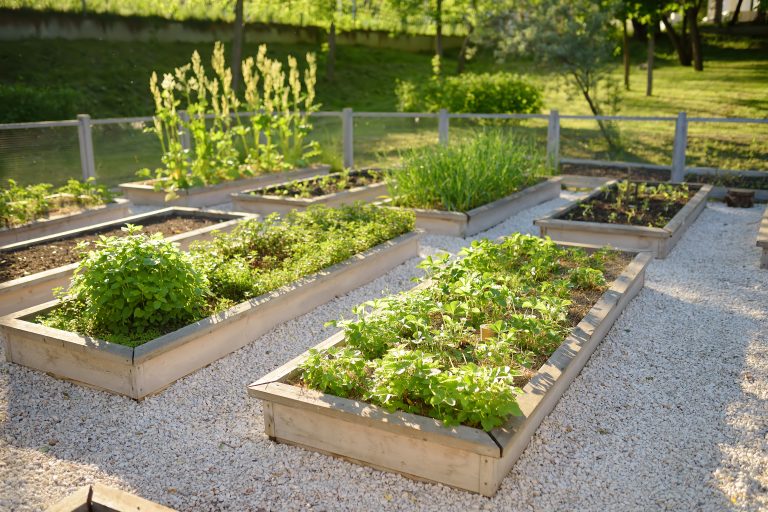5 Key Differences Between Microgreens and Sprouts
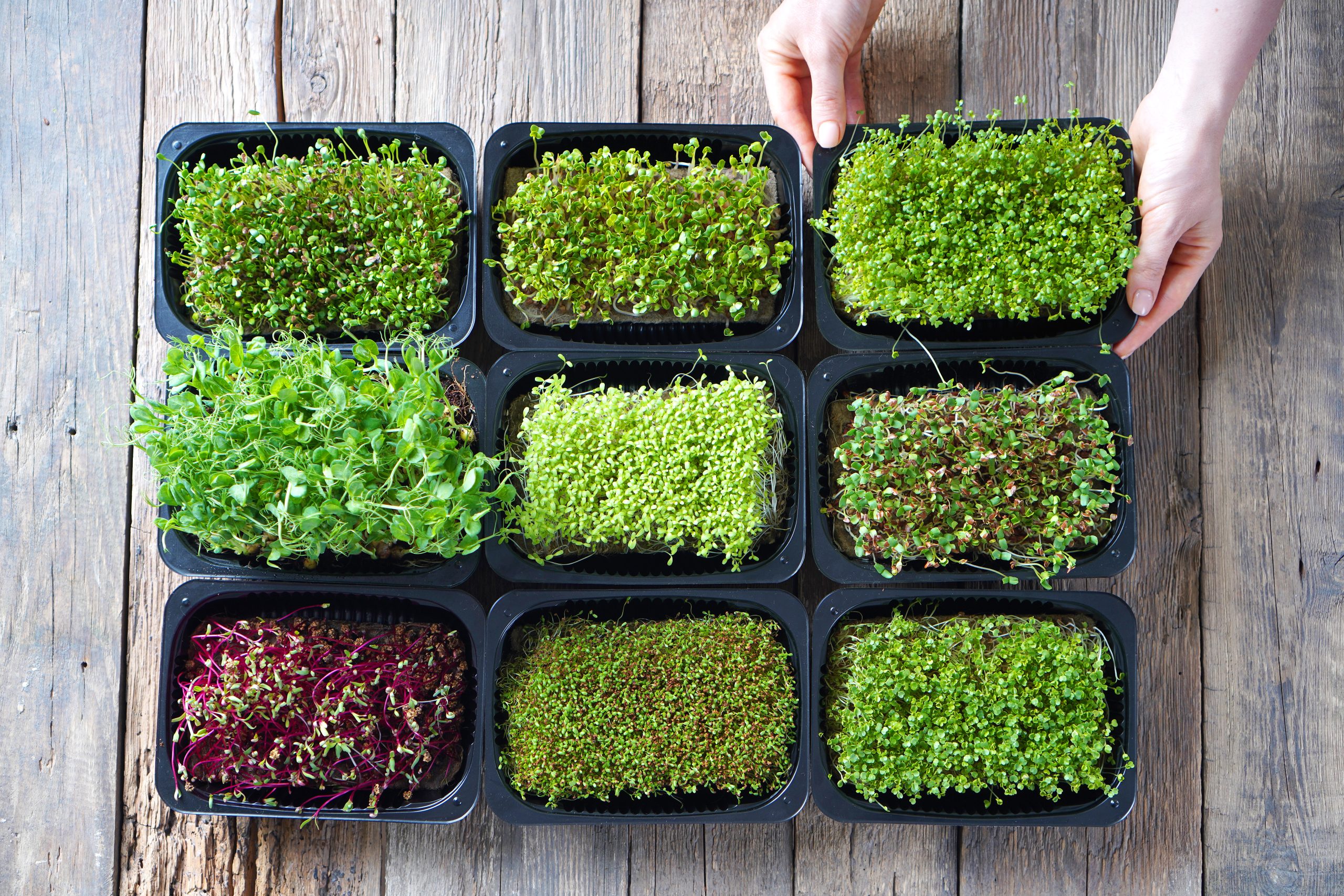
Dive into the vibrant world of tiny greens with this exploration of microgreens and sprouts. These miniature plants are not just a culinary trend; they’re packed with flavor and nutrients, but they’re not the same.
Microgreens are youthful seedlings of vegetables and herbs, harvested right after their first leaves, known as cotyledons, appear. Grown in soil or substitutes like coconut coir, they mature in 7-21 days, bursting with vibrant colors and intense flavors, cherished by chefs and home cooks alike. Radish microgreens, for instance, offer a surprising zest in a tiny package.
On the other hand, sprouts are seeds in the initial stages of growth, consumed a few days into germination. Grown without soil, often in water, they offer a crunchy texture and high water content. Sprouts are a staple in health-conscious dining, frequently found in sandwiches and salads. Ever ordered a “healthy” sandwich only to discover it loaded with crunchy sprouts? That’s them!
1. Growing Medium
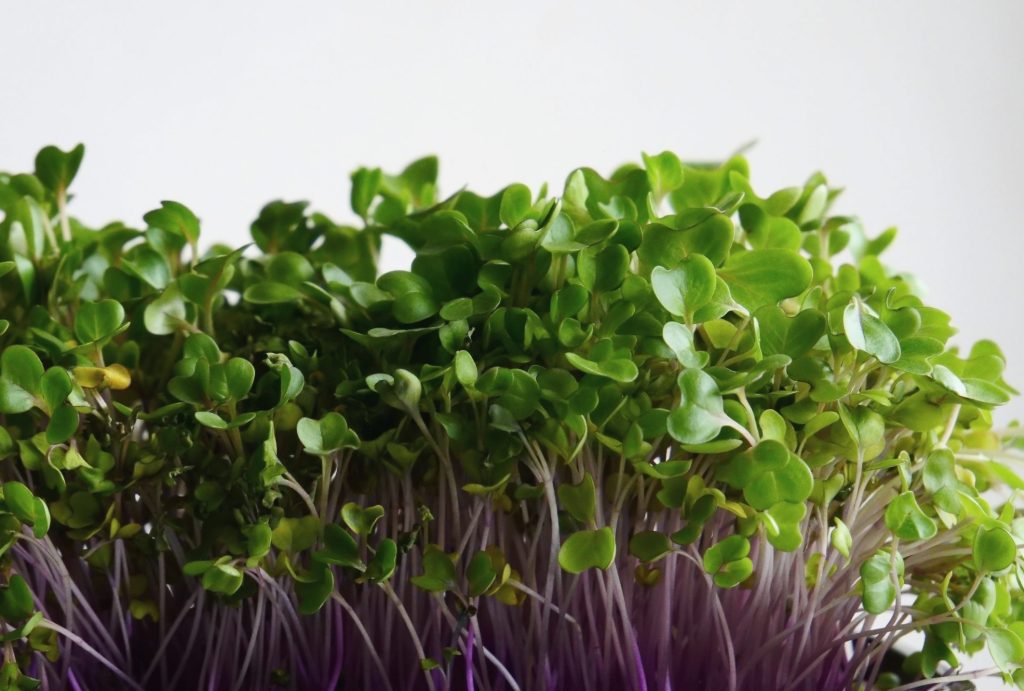
Microgreens require a growing medium such as soil or a hydroponic pad, which provides nutrients and anchors the roots. In contrast, sprouts thrive in water alone, without the need for soil or light, making them a bit like the aquanauts of the plant world.
Hey hey! Don’t forget to subscribe to get our best content 🙂
This fundamental difference in growing mediums affects the care, flavor, and texture of these greens. (Have you ever tried growing sprouts in a jar? It’s like a mini science experiment on your kitchen counter!)
2. Germination Period
Microgreens take their sweet time, needing anywhere from one to three weeks to reach their peak, whereas sprouts are the fast food of the plant world—ready in just a few days. The longer germination period of microgreens allows them to develop a more complex flavor profile and a sturdier texture. On the other hand, sprouts are all about instant gratification (in plant terms, at least).
3. Nutritional Profile
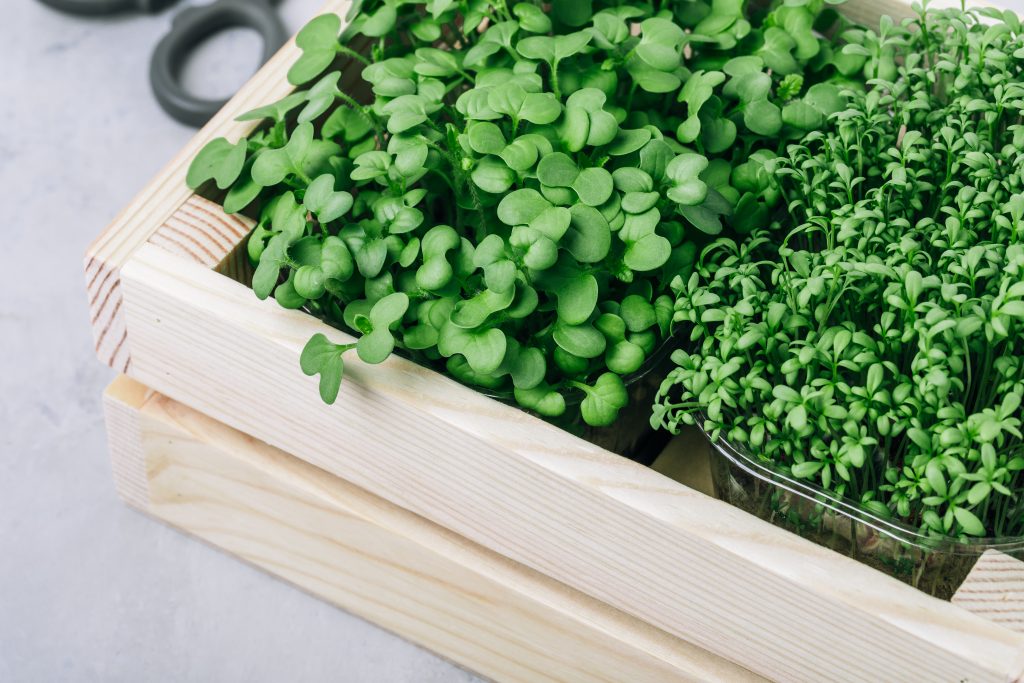
Microgreens are nutritional powerhouses, often containing higher concentrations of vitamins, minerals, and antioxidants than their mature plant counterparts or sprouts. Sprouts, while still nutritious, have a different profile, with a focus on enzymes and a higher water content. It’s like comparing a concentrated flavor essence to a refreshing herbal infusion—both are beneficial but in different ways.
4. Harvesting Methods
Harvesting microgreens involves snipping the stems above the soil line and leaving the roots behind. In contrast, sprouts are harvested by rinsing away the seed hulls and are eaten whole, root and all. The harvesting process for microgreens is a bit like giving them a haircut, whereas with sprouts, you’re taking everything, lock, stock, and barrel.
5. Culinary Uses
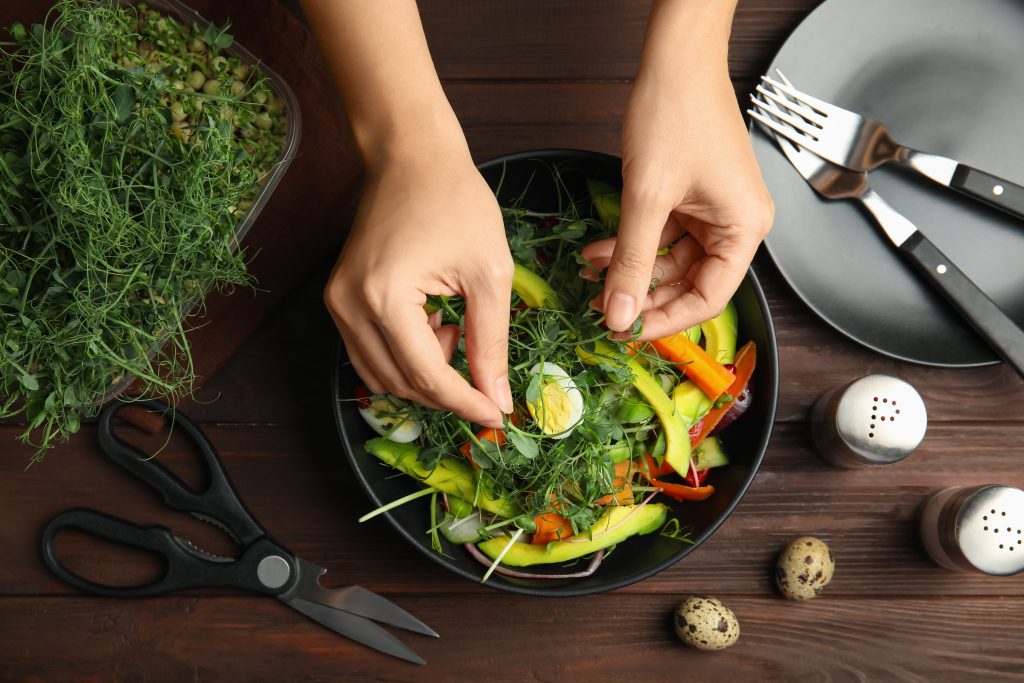
Microgreens are the garnish of choice for chefs wanting to add a pop of color and a burst of flavor to dishes. They’re versatile in the kitchen, used in salads, sandwiches, and as elegant toppings.
Sprouts, on the other hand, are typically used for their crunchy texture and are a classic addition to sandwiches, wraps, and salads. If microgreens are the sophisticated, delicate herbs of the culinary world, sprouts are their crunchy, down-to-earth cousins.
Health Benefits Comparison
Both microgreens and sprouts offer a range of health benefits, including a high density of nutrients and enzymes that can aid digestion. However, the specific vitamins and antioxidants found in microgreens can be particularly beneficial for preventing diseases and reducing inflammation.
Sprouts also have their place, offering benefits like improved digestion and a boost to the immune system. It’s like choosing between a multivitamin and a digestive aid—both are good for you but in different ways.
In the video, Permacrafters explains –
Permacrafters
- Toxin Removal through Sprouting: Sprouting seeds is a process that helps remove toxins present in seeds, such as lectins in raw lentils, making them healthier for consumption.
- Nutritional Boost: Sprouts offer superior nutritional value compared to fully grown plants, containing higher concentrations of vitamins, minerals, carotenoids, proteins, and essential fatty acids.
- Enzyme-Rich Foods: Sprouts are rich in enzymes that facilitate the digestion process, breaking down complex nutritional structures into easily digestible and assimilated forms.
- Comparing Sprouted and Unsprouted Seeds: Nutritional analysis using data from the USDA Nutrient Database reveals significant increases in vitamin C content in sprouted lentils and mung beans compared to their unsprouted counterparts.
- Importance of Eating Raw: Cooking sprouts and microgreens may result in nutrient loss, emphasizing the importance of consuming these foods raw to retain their nutritional benefits.
- Variety of Sprouted Seeds for Complete Protein: Consuming a variety of sprouted leafy greens, grains, and nuts can provide a source of complete protein, containing all eight essential amino acids.
- Mineral Absorption: Sprouts absorb minerals and trace elements from rinsing water, including iodine, zinc, selenium, chromium, cobalt, and silicon.
- Microgreens’ Nutritional Potency: Microgreens, grown in sunlight, contain chlorophyll and potentially more nutrients than sprouts. Harvesting and consumption practices can impact their nutritional potency.
- Comparison with Mature Counterparts: A study comparing 25 commercially available sprouts with their mature counterparts showed that microgreens, particularly red cabbage microgreens, can have significantly higher concentrations of vitamins and carotenoids.
- Sulforaphane in Broccoli Sprouts: Broccoli sprouts are highlighted for being a potent source of sulforaphane, with potential anti-cancer, anti-diabetic, and anti-microbial properties, supported by scientific studies. Consuming them raw is recommended for optimal health benefits.
Safety and Risks Involved
While both microgreens and sprouts are generally safe to eat, there’s a higher risk of bacterial contamination with sprouts due to their warm, moist growing conditions. It’s important to handle and prepare them properly to minimize the risk. Microgreens, grown in soil and with better air circulation, tend to have a lower contamination risk. (Always wash your greens, folks!)
Conclusion: Choosing Your Greens
Whether you opt for the robust flavors of microgreens or the crunchy simplicity of sprouts, you’re making a choice that’s good for your taste buds and your health. Experiment with both in your kitchen and see which ones tickle your fancy or fit your lifestyle. After all, life’s too short for boring salads, so why not jazz them up with these amazing little greens?
Microgreens and sprouts each bring something unique to the table, from their distinct textures to their nutritional profiles. Immerse yourself in the world of these miniature greens, and enjoy the fresh flavors and health benefits they offer.

